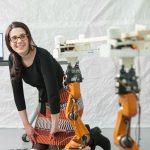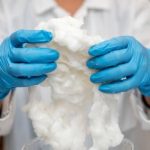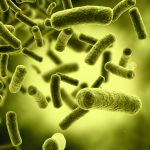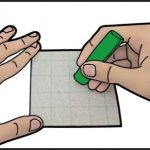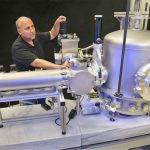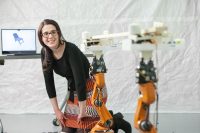the issue With the use of Secret laptop Code to position folks In detention center
As forensic science gets increasingly more excessive-tech, could bugs within the device put innocent folks at the back of bars?
November 2, 2015
When John Wakefield used to be convicted in a chilly case homicide in Schenectady County, big apple past this 12 months, the true winner—consistent with the local newspaper—wasn’t the victim’s family or the district legal professional’s place of job. It used to be a DNA tool company.
The tool, from the Pennsylvania firm Cybergenetics, matched Wakefield’s DNA to the mix of DNA discovered on the victim’s body and the murder weapon. It was the most important to the jury’s verdict of life in prison.

DNA evidence has been utilized in criminal trials for decades. however the trial was once the first in big apple State to include DNA proof from a new roughly advanced device. TrueAllele Casework, as the tool is referred to as, uses algorithms to analyze DNA in very low-stage samples or in complicated mixtures that incorporate the DNA of many people. It then teases out a share probability that the samples are a in shape. Human-established methods that U.S. crime labs had been the usage of for years would extra steadily report “inconclusive” outcomes for the same DNA samples.
the issue for Wakefield’s safeguard team—and for genetic privacy and transparency advocates—is that the proprietary tool is a “black box.” They couldn’t query this system’s methods, like they may a human’s.
“They’re basically using secret code to provide you with a DNA healthy statistic,” says Caitriona Fitzgerald, state coverage coordinator for the electronic privateness knowledge center, a group that not too long ago filed a Freedom of data Act request in six states to see the tool’s code. “Secrecy of the algorithms used to determine guilt or innocence undermines faith within the criminal justice device,” their submitting states.

Wakefield will have neatly committed the murder. but the stakes are high and that advocates fear that closed tool that safety specialists can’t check up on for themselves might lead to blunders sooner or later. in truth, this has already took place in Australia, the place Queensland authorities said a minor “miscode” in an identical tool will have affected the DNA in shape chance in 60 cases involving three-particular person mixed DNA profiles.
in the U.S., TrueAllele has already survived as a minimum six admissibility challenges in state courts, including in the big apple’s Wakefield case, and it has been validated via unbiased checking out at forensics labs. And privacy advocates aren’t announcing it shouldn’t be used in any respect. in reality, the instrument has already been used each to unravel horrific crimes and exonerate harmless individuals. (In a case in 2014, TrueAllele was able to prove that a father had been raping his daughter for years. because the father and daughter were related, the local crime lab couldn’t statistically distinguish between their DNA, but the higher-resolution device could.) as a substitute, they want to see that the device is open for inspection with the aid of those accused.
“When that roughly proof is introduced in court, it influences the jury very strongly,” says Fitzgerald. “It’s this factor referred to as the CSI impact. The jury sees DNA evidence offered, they usually assume it need to be proper.”
[high photograph: Romas_Photo by means of Shutterstock]
(30)


